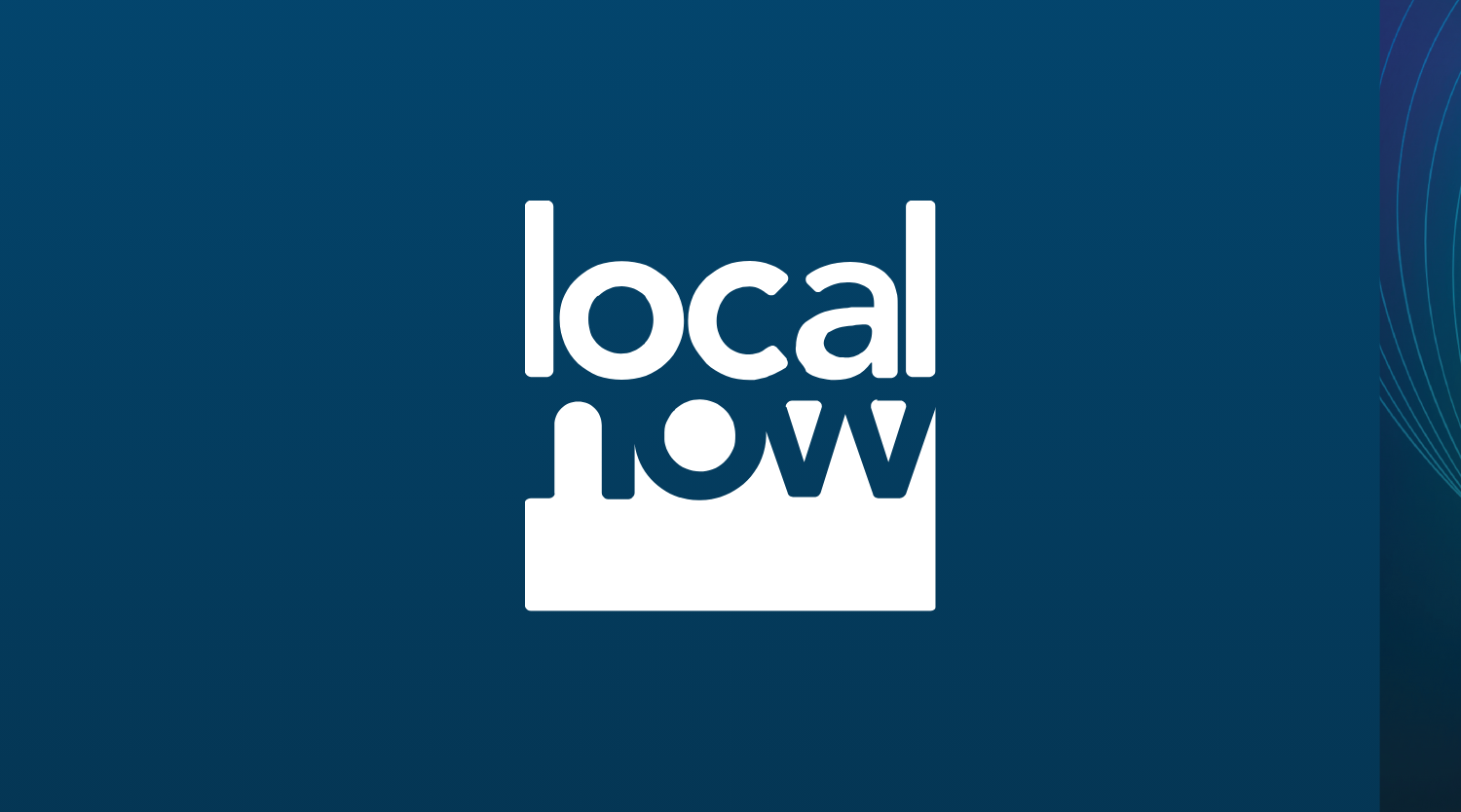With Super Tuesday behind us, and the primaries heating up, candidate’s ability to leverage the power of programmatic advertising has never been more critical. Hillary Clinton and Donald Trump have emerged as the frontrunners for their respective parties, but other contending candidates remain in the race, and they need to have the right strategy in place if they want to come within reach of the oval office.
Flashback to the 2008 presidential election. Barack Obama was widely publicized as the first candidate to effectively leverage the power of digital and social media. During both the 2008 and 2012 elections, the Obama team ran digital driven strategies that leveraged the power of programmatic advertising. They integrated a robust CRM voter database with a real-time data infrastructure to reach voters with non-intrusive, flexible messages across multiple platforms. And by collecting supporter personal information on the front end, they were able to enrich their CRM database and target messages even deeper. The end result was an unprecedented, strategic campaign that led to two terms as president.
Why Programmatic?
Convincing political candidates who have long relied on traditional advertising tactics to make the move to digital isn’t easy, but, especially given Obama’s success, there is a growing trend to reach the exact right voters at the exact right time using programmatic advertising. In previous elections, due to the way TV advertising is transacted, campaigns had to be planned out far in advance in some cases. But in today’s digital environment, candidates have the luxury of combining significant pre-planned media buys with the scalable, dynamic nature of programmatic marketplaces. Programmatic platforms are also built to ingest massive amounts of consumer and publisher data that can be used to target audiences in real-time at a billion to trillion-impression scale. By comparison, TV’s largest advertising event of the year, the Super Bowl, reaches approximately 115 million viewers in the U.S. Couple targeting and scale with the ability to measure success at the voter level, and there’s a very logical reason as to how statistician Nate Silver was able to predict the winner of all 50 states in the 2012 presidential election.
An Approach to Drive Multiplatform Marketing
The programmatic marketplace affords candidates high-targeting functionality, and more flexibility when reacting to real-time developments, which is essential when one wrong comment made at a debate opens the opportunity for another candidate to reach voters in a moment of uncertainty. Politicians can lay a strong advertising foundation through private marketplaces (PMPs), and employ supplemental support from the programmatic marketplace to react to real-time events.
Programmatic is a critical component of an ongoing, multiplatform digital advertising strategy. By leveraging all available platforms and mediums, candidates can deliver strategic messages throughout every step of the campaign. For example, at the start of the election, when they are introducing themselves and their strategies to voters, they can initiate broad, overarching messages across the high-impact (and more costly) platforms, such as digital video and connected TV. Further PMPs allow candidates to execute pre-planned media buys and access high-quality inventory in a transparent buying environment. The end result is a system in which candidates can identify and reach extremely specific demographics with highly targeted messages throughout the entire election. As they drive deeper into the election, candidates can implement more customized messages to intricately target audiences across more personal platforms, such as mobile and desktop display. This is the same way that brand advertisers deliver a mix of brand-focused and direct response messages across platforms using programmatic. Programmatic will become even more important later in the election as broader platform inventory – such as TV and digital video – becomes increasingly scarce due to rising advertiser demand in Q3 and Q4.
As the election narrows down to only two candidates, the role of programmatic in their campaigns will be imperative in creating meaningful connection with constituents.





